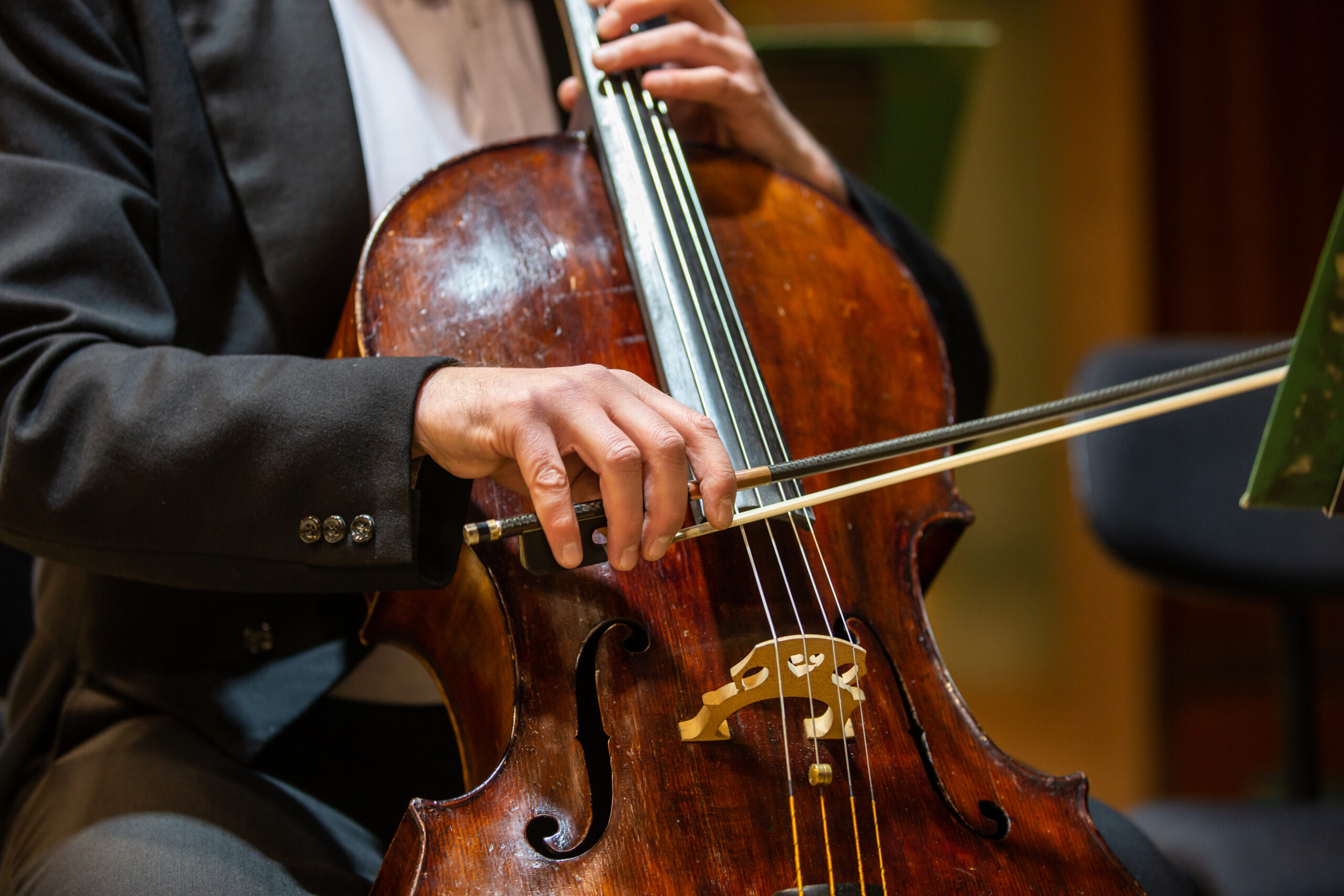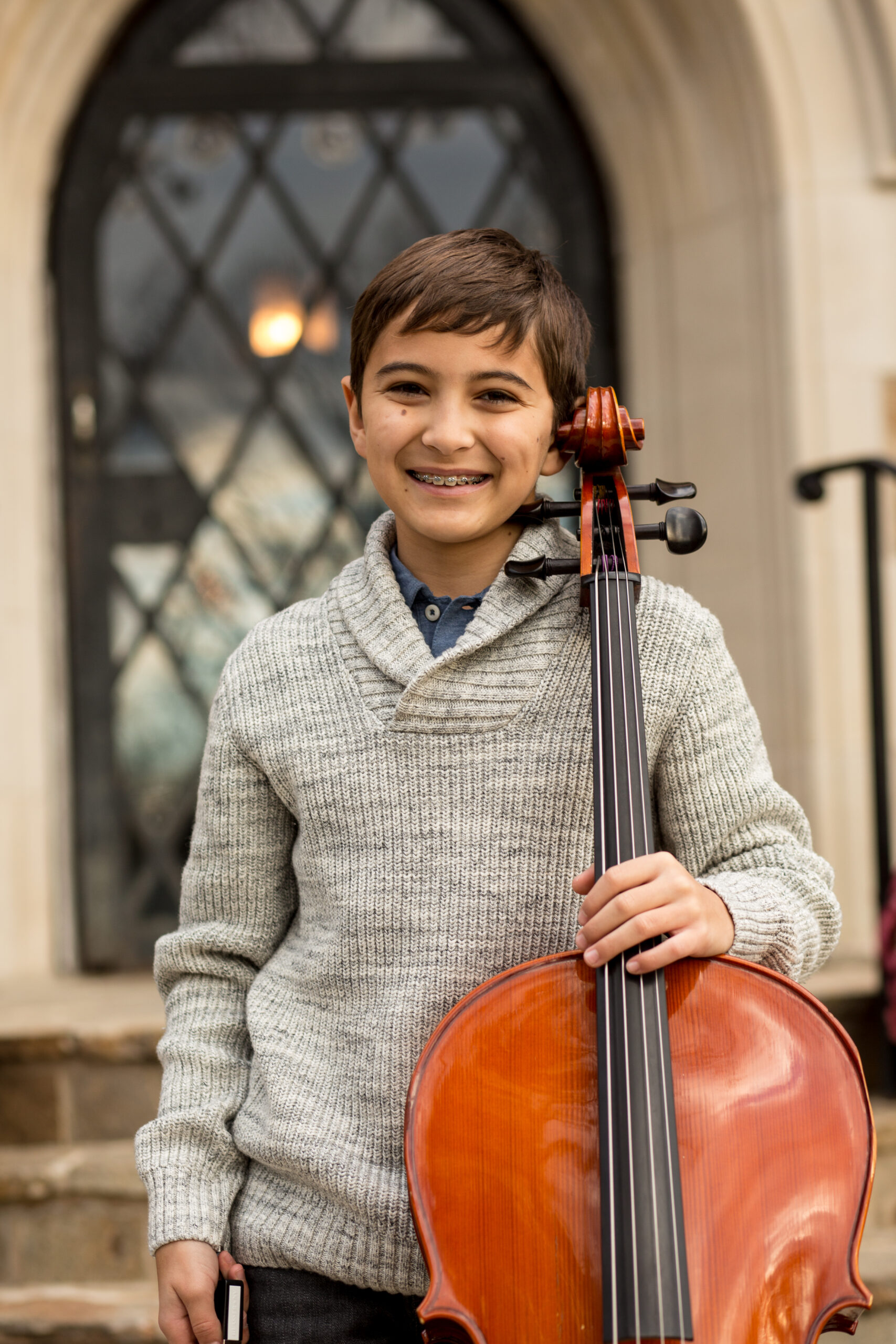July 31, 2015
New Musician Must-Haves: Cello


The cello is part of the violin family and is also known as the violoncello. The first cello was noted in the middle of the 16th century. Commonly, it is made of wood, which is shaped into a curves by heating the wood and bending it into place. Generally the tops are spruce wood and the body is made of maple wood. The cello has four strings that you ‘pluck’ with a special bow to make its sound. If you have decided to take on this beautiful instrument, and hopefully join the ranks of the greats, then there are some essentials that you are going to need to maximize your performance.
Basics for Cello Players
So you just bought a beautiful new cello, now what should you do? Build up your future with the proper gear. For starters, you are going to need some good quality ‘basics’ to lengthen the life of your new instrument. As every cellist knows, there is a lot more to playing than just the instrument itself. Treat it like an extension of your body and give it tune ups every step of the way. Lets go over some of those basics, so you too will be in the know like a seasoned pro.
Hard Case
You are going to want to opt for a hard case to keep it in. A hard case often comes with foam padding, which is important in keeping the wood free of scratch and debris. Test out different ones; they come in many shapes. Only you will know what’s right for you. Once you possess an awesome case, you are ready to prep the rest of your cello tool box.
Rosin
You may of heard the term ‘rosin’ thrown around at some point in your life. Its used on practically every string instrument. What exactly is rosin? Rosin is a type of resin that performers rub onto the bow hair of their bows. It increases the friction the bow makes as it glides on the cello strings, producing that sweet sound you are familiar with. Rosin comes in cakes or blocks. Invest in a quality rosin and you’ll hear your strings ‘speak’ in a beautiful vibration. You’ll notice that there are two types, light and dark. One is not necessarily better than the other, though the lighter rosin tends to be slightly less stickier. Try different kinds to see what you like the best. Make sure you aren’t overusing the rosin. A good way to tell is if your bow produces ‘rosin dust’ then you know you have used too much. If you have used too much,grab a soft clean cloth and wipe your bow to, and you can start over from there, with a lighter hand.
Bow
A quality cello bow really makes all the difference in your performance. YOu can feel and hear the difference in different bows. All you have to do is try some out and find sounds the best. Go ahead and experiment with different weights. If you are on the small side, a lighter bow weight would probably be best for you.
Practice Mute
Practice mutes are essential for any player living in small quarters or if they desire to practice without worry of disturbing others. You can choose between metal or rubber. Try each one before you buy, to make sure it is what you want. Make sure you are placing the mute directly onto the bridge of your cello, but do not force it. It should rest easily across your strings.
Strings
The core of the cello string comes in three types. The first is catgut (which is really sheep or goat intestine.) These strings are more sensitive to vibration and offer a rich, complex tone. They tend to fluctuate when exposed to humidity and extreme heat/cold. These strings probably won’t suit you if you are a beginner. Choose a synthetic cored string instead. These strings only take two days to settle and produce a beautiful sound.
Music Stand
It goes without saying, every string player needs a handsfree way to keep their music steady while they practice. Invest in a music stand that makes you dream of being on stage. You will get the most out of your time and energy with a music stand that is both sturdy yet elegant. After all, every cellist possess serious talent.
Pencil
A number two pencil is essential to keep notes on your music, and lubricate your bridge as needed. Grab pencil clips for your music stand, to keep your pencil always ready to go.
Dry Cloth
Having a clean, microfiber cloth on hand will help prevent rosin build up and any damage caused by the natural oils in your skin. Pro tip: remember to get into the practice of wiping down your instrument after every session.
Case with Wheels
Hauling around your cello everywhere is damaging to the posture. To avoid this, and make your life easier, you need to buy some wheels!
Chair
As much as you would love to stand around playing all the time, you will need to rest. Splurge on a quality musicians chair to save both your feet and your back during playing sessions.
Endpin Stop
Formerly known as the ‘stop anchor’ your endpin tip isn’t exactly the most stable. Fit a stop on the end to give your more freedom to move about without everything slipping about. Add stability and free up your range of motion, and you’ll notice an increased flair in your performance
It is important in every cellist’s career to have a solid set of gear. Invest in your future with the proper tools and accessories. We have everything you need to make sure you are performing at your very best. Check out all of our cellists must haves over on our website, we are just a click away!







